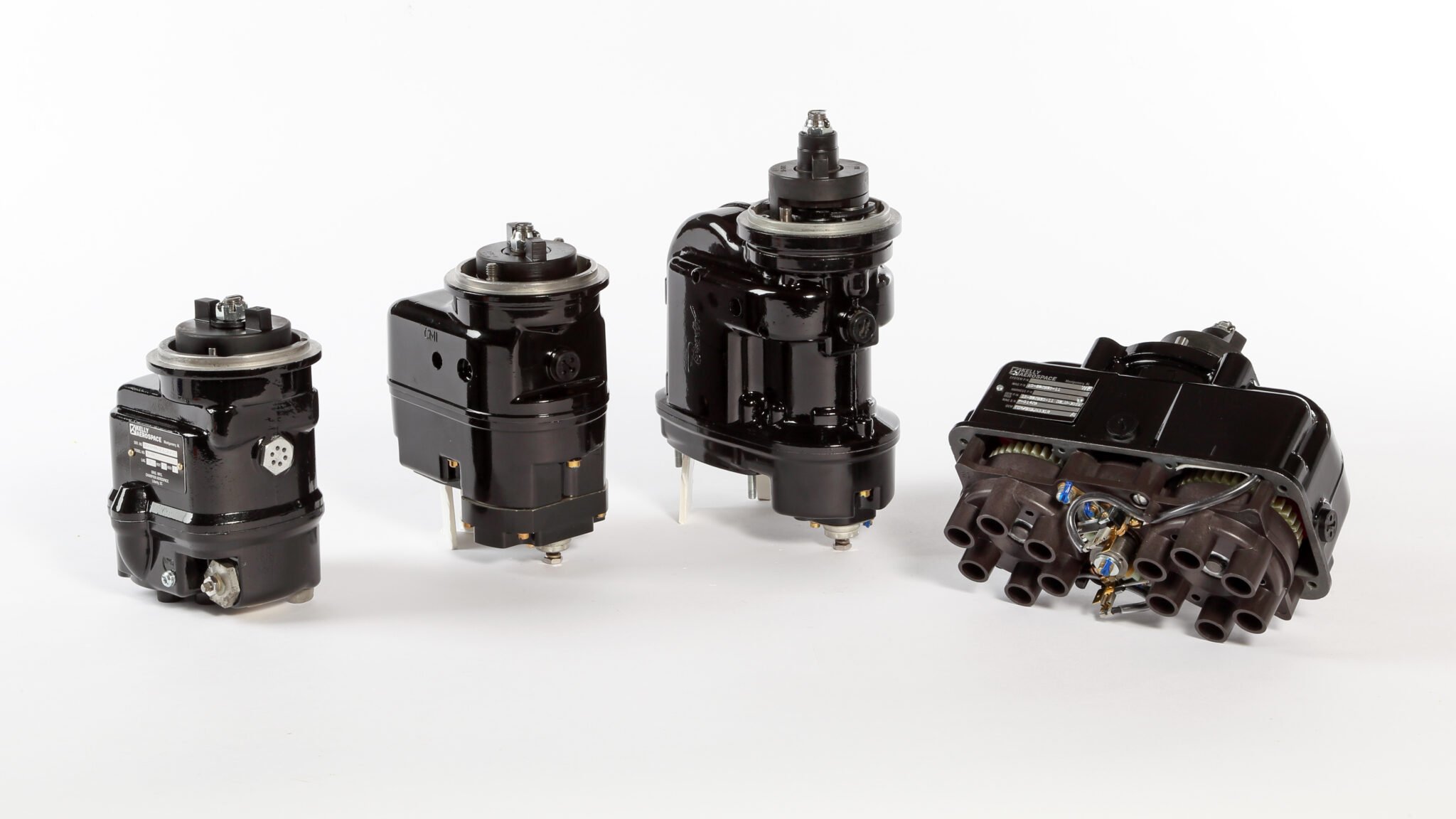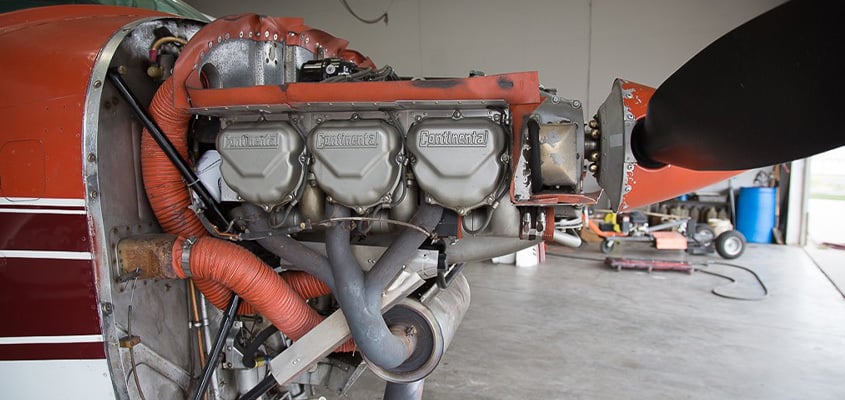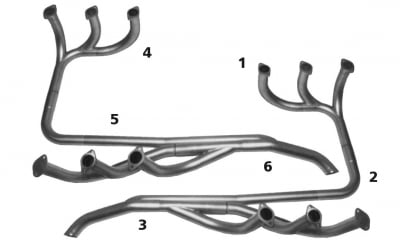5 Best Practices for Increasing the Lifespan of Your Aircraft
Aircraft are complex and expensive machines that require careful maintenance and operation to ensure their longevity and safety. As an aircraft owner or operator, it is essential to implement best practices that can help extend the lifespan of your aircraft and keep it operating safely and efficiently for many years to come. In this article, we will discuss five best practices for increasing the lifespan of your aircraft. We will examine each practice in detail and provide insights into how they can help extend the lifespan of an aircraft and improve its safety.
Regular Maintenance and Inspections
One of the most important practices for extending the lifespan of an aircraft is to perform regular maintenance and inspections. This involves regularly scheduled inspections, routine cleaning, and repairs of any damages or wear and tear. Here are some specific areas of an aircraft that require regular maintenance and inspection:
- Engine: The engine is the most critical component of the aircraft and requires regular maintenance and inspections to ensure its proper functioning. Maintenance tasks include oil changes, filter replacements, and engine component inspections.
- Airframe: The airframe of an aircraft includes the wings, fuselage, and tail. Regular inspections of these components can help to identify any damages or signs of wear and tear that may compromise the safety of the aircraft.
- Avionics: Avionics systems include communication, navigation, and control systems. These systems require regular maintenance and calibration to ensure their proper functioning.
- Landing gear: Landing gear is an important component of the aircraft that is subject to wear and tear during landings and takeoffs. Regular inspections and maintenance of the landing gear can help to prevent accidents and prolong the lifespan of the aircraft.
Related: 4 Practices That May Be Reducing the Lifespan of Your Aircraft
Upgrading Equipment and Systems
Upgrading an aircraft’s equipment and systems can help to improve its performance, reliability, and safety. Advances in technology have led to the development of new components and systems that can be used to upgrade older aircraft. Here are some examples of equipment and systems that can be upgraded to extend an aircraft’s lifespan:
- Engines: Replacing older engines with new ones can improve the aircraft’s fuel efficiency and reliability. Modern engines are also designed to produce fewer emissions and noise, making them more environmentally friendly.
- Avionics: Upgrading the aircraft’s avionics can improve its safety and efficiency. For example, installing a modern GPS system can help to improve navigation accuracy, while adding weather radar can help pilots to avoid dangerous weather conditions.
- Cockpit Displays: Upgrading the cockpit displays to modern, digital displays can improve the pilot’s situational awareness and reduce the risk of errors.
- Structural Components: Upgrading the aircraft’s structural components can improve its durability and safety. For example, replacing older aluminum components with more modern composites can reduce weight and increase strength.
Keeping the Aircraft Clean
Maintaining an aircraft with proper cleaning and maintenance practices is essential to its longevity, while also playing a critical role in ensuring the safety of the aircraft and its passengers. Dirt, grime, and debris tend to accumulate on an aircraft’s exterior and interior components, causing damage and corrosion over time. Here are some best practices for keeping an aircraft clean and free of debris:
- Exterior Cleaning: Regular cleaning of the aircraft’s exterior components, such as the wings, fuselage, and tail, can help to prevent corrosion and other forms of deterioration. This can be achieved through washing, waxing, and polishing. It is important to use appropriate cleaning products and methods to avoid damaging the aircraft’s paint and finishes.
- Interior Cleaning: The interior of an aircraft should be regularly cleaned to prevent the buildup of dirt and debris. This includes cleaning the seats, carpets, and other interior components. Special attention should be paid to high-touch areas, such as the cockpit and lavatory.
- Debris Removal: Removing debris from the aircraft’s exterior and interior components is important to prevent damage and corrosion. This includes removing leaves, twigs, and other debris from the exterior, and vacuuming or sweeping the interior to remove dust and dirt.
- Corrosion Prevention: In addition to cleaning, corrosion prevention measures should be taken to protect the aircraft’s exterior components. This includes applying protective coatings and sealants and inspecting the aircraft for signs of corrosion during routine maintenance checks.
Proper Flight Training of the Pilots and Crew
Proper training of pilots and crew is essential to the safe and efficient operation of an aircraft. All the pilots and crew must be knowledgeable about the aircraft’s systems, procedures, and limitations, and must be able to respond to emergencies quickly and effectively. Here are some best practices for training the pilots and crew:
- Initial Training: Pilots and crew must complete initial training programs that provide them with the necessary knowledge and skills to operate the aircraft safely and efficiently. This includes training on the aircraft’s systems, procedures, and emergency protocols.
- Recurrent Training: Recurrent training is necessary to keep pilots and crew up-to-date with changes in the aircraft’s systems and procedures, as well as to reinforce previously learned skills. Recurrent training should be conducted on a regular basis and should cover emergency procedures, system malfunctions, and other critical topics.
- Simulator Training: Simulator training provides pilots and crew with a realistic and safe environment in which to practice emergency procedures and other critical skills. Simulator training is especially important for pilots who fly complex aircraft or who operate in challenging environments.
- Crew Resource Management: Crew Resource Management (CRM) training focuses on improving communication and teamwork among the crew. CRM training can help to prevent accidents and improve the efficiency of flight operations.
Adhering to Manufacturer Guidelines
One of the most important practices for extending the lifespan of an aircraft is to follow the manufacturer’s guidelines for maintenance and operation. The manufacturer provides guidelines for the proper use, maintenance, and repair of the aircraft, including recommended schedules for inspections, maintenance, and repairs. Here are some specific areas where it is important to follow the manufacturer’s guidelines:
- Maintenance: The manufacturer provides recommended maintenance schedules and procedures that are specific to each aircraft model. Adhering to these guidelines is important to ensure that the aircraft remains in good working condition and to prevent component failures.
- Repairs: When components require repair or replacement, it is important to use the recommended parts and procedures specified by the manufacturer. Using non-standard parts or procedures can compromise the safety and performance of the aircraft.
- Modifications: Any modifications to the aircraft, whether for upgrades or repairs, must be performed in accordance with the manufacturer’s guidelines. Modifications that are not approved by the manufacturer can void warranties and compromise the safety of the aircraft.
- Operation: The manufacturer provides guidelines for the safe and efficient operation of the aircraft, including limitations on speed, altitude, and weight. Adhering to these guidelines is important to prevent damage to the aircraft and ensure the safety of its passengers.
Practices That Extend The Lifespan Of An Aircraft
By following these best practices, aircraft owners and operators can help to ensure that their aircraft remains safe, efficient, and reliable for many years to come. It is important to consult with a qualified aviation professional or the manufacturer directly if there are any questions or concerns about the proper maintenance and operation of the aircraft.


